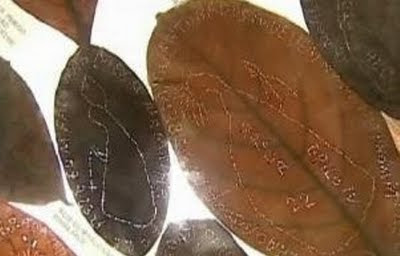The legend of the women warriors roamed all the heavenly realms.It belongs to those uniform circle ofdreams and ideas around which the poeticand religious imagination of all human races andall ages gravitate almost instinctively.
Alexander von Humboldt
One of the most fascinating legends of the mythical culture of the Amazon region is the saga of the female warriors called Amazons. A story so extraordinary that the memory of this great tribe ended up giving name to the whole extense region of tropical-equatorial jungle.
Since the first incursions of the europeans crossing the Atlantic to conquer territories, chroniclers Spanishes and Portugueses, among others, talk about these brave women of South America.
Although they have received that name as a reference to the mythical tribe of women called Amazons, at ancient Greece, that also dominated perfectly fabulous steeds, the Amazons of South America they did not know horses. But in terms of the arts of war those indigenous women were as courageous like the greek female warriors.
At the time of the great maritims discoveries, time of the great navigations appears the first and unique (of a eyewitness) relate about amazons of the South-America. The notes were written by Gaspar de Carvajal, catholic religious that was present in the expedition (1541) of Francisco Orellana (1490-1550, explorer and adventurer of Spain) along the great river of the tropical forest, the Amazon river.
In his text, Relación del nuevo descubrimiento del famoso río Grande que descubrió por muy gran ventura el capitán Francisco de Orellana (Account of the recent discovery of the famous Grand river which was discovered by great good fortune by Captain Francisco de Orellana), the dominican Friar Gaspar de Carvajal tells:
...[the indigenous, the men]... They are the subjects and tributaries of the Amazon. Realizing our arrival, they ran to ask help to the women-warriors. They came in a small group. It was ten or twelve of them. We saw them. (They confronted us). In front of everyone them (the men) as captains ... fought bravely. (Indigenous, men who fled of us) ... They all were killed by beating with with big wood sticks (the sticks are called 'bordunas').
These women have very light skin. Are of tall stature, long hair arranged in braids around the head. They have a strong physique, well trained. They don't use clothes, living naked and cover only the genitals (in terms of the Friar, 'the shames'). They are skilled with their bows and arrows and one of this women worth ten men.
However, Carvajal says that in the end, the spanishes obtained the win against the women warriors killing about eight of them. One of the natives asked about the women said that they lived inside (at hinterlands, not on the coast), around seven days far from the coast ... their villages were made with stones, their homes had doors and their roads had vigilants in all the strategic points for require the payment of a tax to let pass the travelers.
Legend or fact, Carvajal's account coincides with many others left by others historic travelers. Everyone agrees that these women not cohabit with men. It is an all-female society. That does not mean, however, that they have no contact with men while males. After all, for the women-warriors were needed too procreate to preserve their bloodline.
With them – they interbreed. When they become pregnant, they release the captives. If the child that born of the relationship is a girl, will be educated to be a warrior. If borns a boy, he will be delivered to the tribe of the father or, according to other information, will be killed immediately.
GOLD, SILVER AND RELIGION
At the epoch of Carvajal and Orellana the Amazons were headed by an honorable warrior. Hers was recorded until the name or perhaps the title. It was called 'Conhori'.
The Amazons were rich. They had large amounts of gold and silver that was used to the manufacture of a variety of objects, from tools to clothes and jewelry. But the great luxuries were intended for an elite of nobles. The common women used objects made of wood or seeds. These powerfull society of women mastered the art of pottery, too.
In account collected by Carvajal, these women did not lived in simple villages, like the other Indians of the region. Apparently, they had a culture more advanced than the South American tribes that inhabited below of the equator line.
Those women lived in cities. They had a capital city, where the Great Lady had her residence. There, existed five major buildings dedicated to worship of the sun.
These large houses were called "caranaí". There were big salons, with covered floors, ceilings decorated with paintings very coloridas and many idols and others objects made of gold and silver. They wear clothes of fine wool, because the lands of the Amazons warriors, there are many sheep, as in Peru.
The brazilian indigenous that portugueses navigators found, men and women, still remained limited in a Neolithic culture. The Amazons women that lived further north and west, were much more evolved. This is a mistery.
[https://web.archive.org/web/20111106100140/http://www.pantanalnews.com.br/contents.php?CID=66202]


































